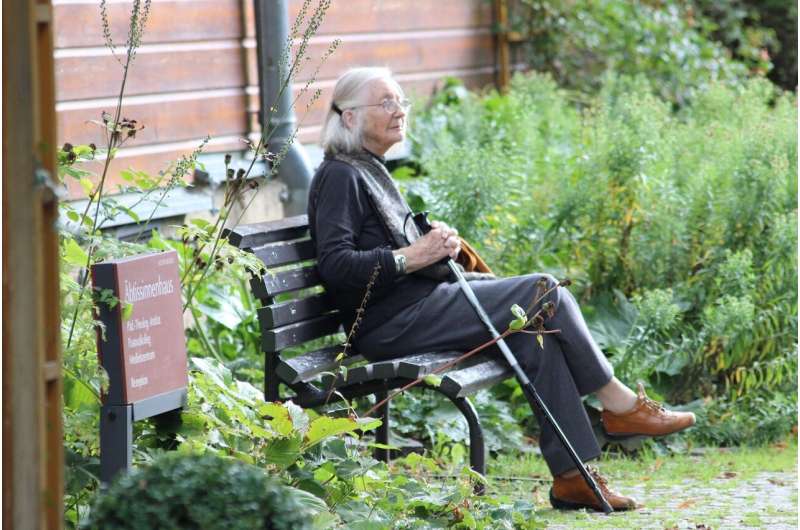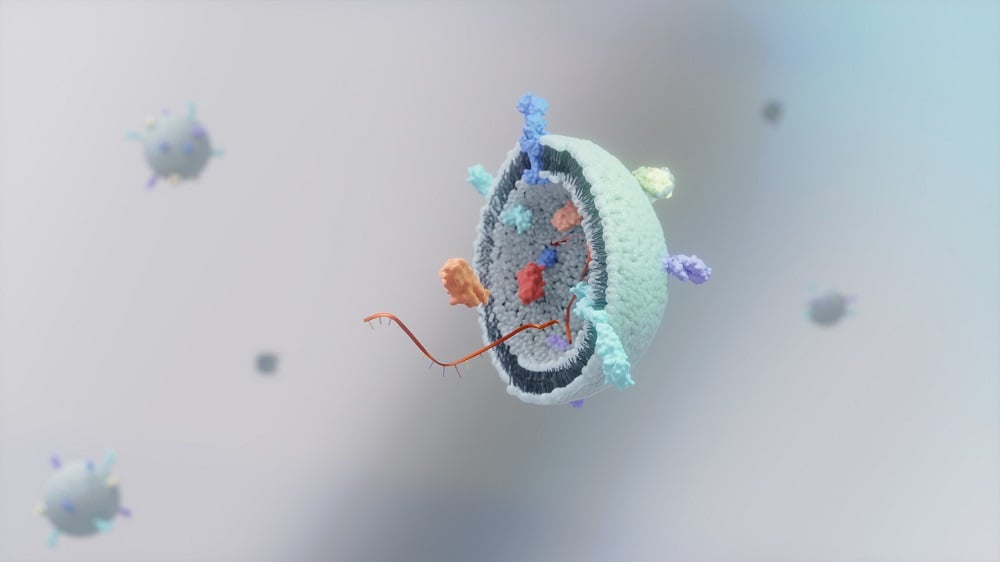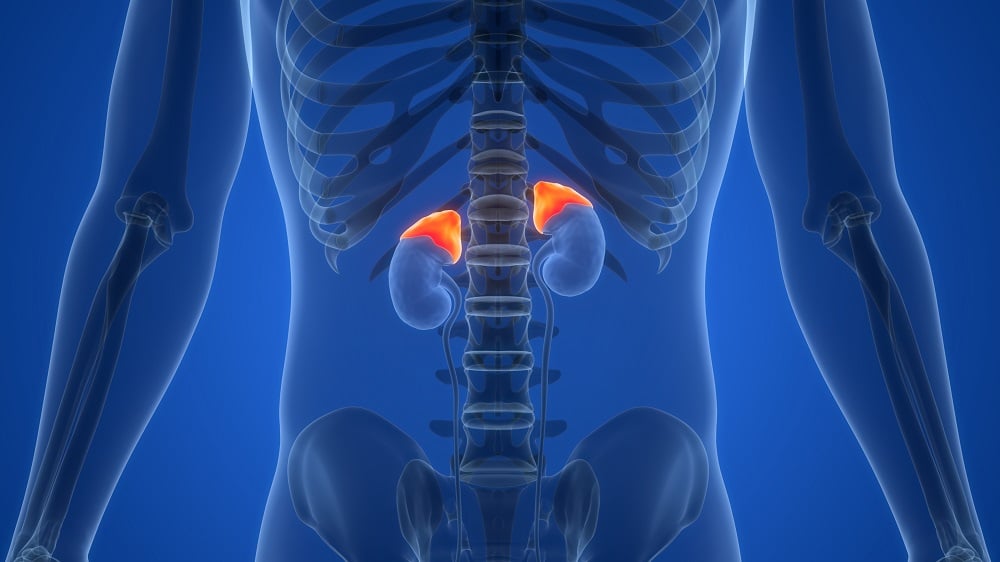An international research team led by the Chinese University of Hong Kong (CUHK) has developed a groundbreaking liquid-bodied magnetic-controlled robot designed for the purpose of eradicating biofilm infections associated with medical implants. This advancement is crucial in addressing the significant threat posed by antibiotic resistance (AMR) and its implications for public health.
The Challenge of Biofilm Infections
Biofilm infections represent a formidable challenge within the medical community, particularly when it concerns patients with medical implants. The World Health Organization (WHO) identified AMR as one of the top 10 global public health threats in 2019, contributing to nearly 5 million deaths annually worldwide. Major concerns arise not only from the emergence of resistant bacterial strains but also from the formation of biofilm barriers, wherein bacteria adhere to surfaces and secrete protective substances.
Medical implants, devoid of immune defenses, are particularly vulnerable to biofilm infections. Unfortunately, traditional antibiotic therapies are often ineffective against these biofilms due to their inherent resistance. Additionally, the surgical removal of infected implants can lead to secondary trauma and complications, underscoring the urgent need for innovative solutions in this domain.
Innovative Solutions: The Liquid-Bodied Robot
The research team, consisting of experts from CUHK, Nanyang Technological University (Singapore), and the Max Planck Institute for Intelligent Systems (Germany), has pioneered a multifunctional antibiofilm system that integrates three key mechanisms:
- Physical biofilm disruption: Magnetic forces exert mechanical disruption on biofilm structures to weaken their protective barriers.
- Chemical bacteria deactivation: Antimicrobial agents released by the robot target and deactivate the planktonic bacteria cells.
- Biofilm debris removal: The robot binds with biofilm fragments to eliminate potential recurrence of infections.
Dynamic Features
One of the robot's most notable advancements is its dynamic cross-linked magnetic hydrogel, featuring unique viscoelastic properties. This feature allows the robot to adapt flexibly to diverse operational environments. Professor Zhang Li, the lead investigator, explained that the robot can modulate its behavior through external magnetic fields—switching from an elastic mode, where it rolls and navigates obstacles, to a liquid mode that enables infiltration into complex surfaces and the effective elimination of biofilms.
Performance and Efficacy
The liquid-bodied robot has shown remarkable efficacy in laboratory tests. Notably:
| Implant Type | Biofilm Reduction | Bacterial Clearance |
|---|---|---|
| 3D-Structured Hernia Mesh | 84% | N/A |
| Metal Biliary Stent | N/A | 87% |
Additionally, in experimental studies involving infected stents, the dual-modality navigation combining endoscopy and X-ray imaging permitted precise control of the robot through intricate structures. Complete recovery of weight was observed within 12 days, accompanied by a 40% reduction in inflammation indicators as opposed to control groups.
Future Directions
Research is currently underway to enhance the liquid-bodied robot further, with collaborations ongoing with Nanyang Technological University. The goal is to refine the antibiofilm robots and prepare for necessary large animal trials, eventually leading to human clinical studies.
Professor Joseph Sung from Lee Kong Chian School of Medicine remarked on the challenges of conventional therapies in addressing biliary biofilm infections. The introduction of this innovative liquid robot is poised to offer a novel solution, potentially incorporating next-generation antimicrobial agents to increase efficacy in clinical applications.
Conclusion
The development of the liquid-bodied magnetic-controlled robot marks a significant advancement in the fight against biofilm infections associated with medical implants. By addressing the limitations of traditional therapeutic approaches and employing advanced robotics, this research paves the way for improved clinical outcomes and enhanced patient care. For further reading, refer to the study titled "Liquid-bodied antibiofilm robot with switchable viscoelastic response for biofilm eradication on complex surface topographies," published in Science Advances (2025).
References
Bonan Sun et al. Liquid-bodied antibiofilm robot with switchable viscoelastic response for biofilm eradication on complex surface topographies, Science Advances (2025). DOI: 10.1126/sciadv.adt8213
World Health Organization (2019). Antibiotic Resistance. Retrieved from WHO.













Discussion